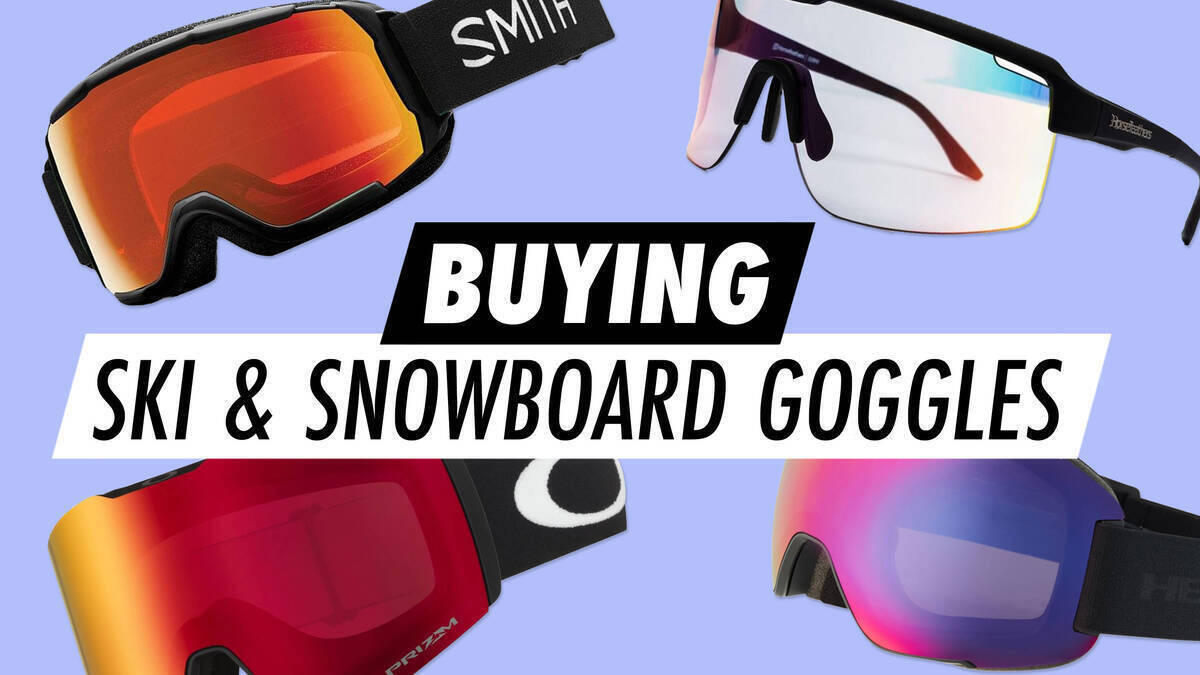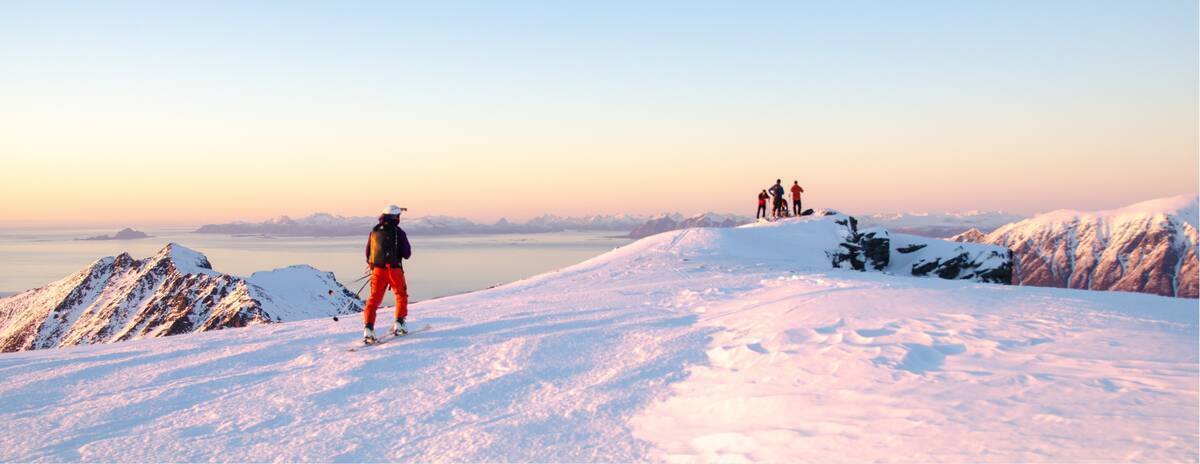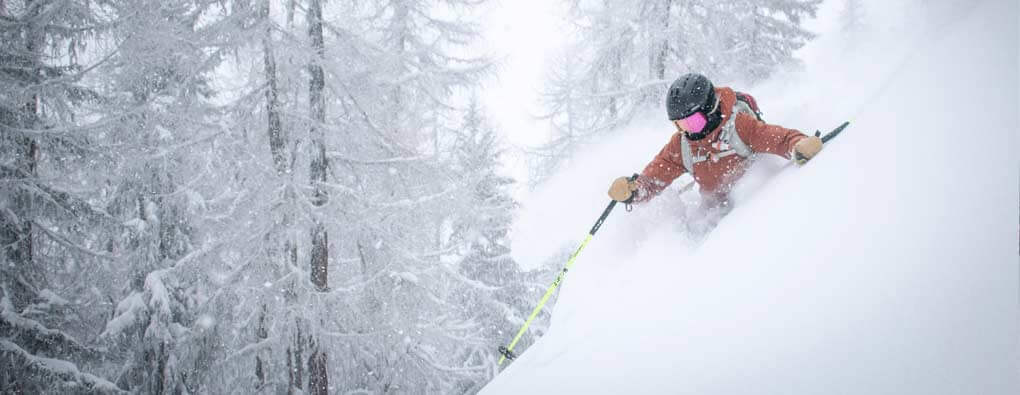Choosing the Best Ski Goggles

Selecting suitable ski goggles is crucial for a safe and comfortable experience on the slopes. Whether your preference is skiing or snowboarding, goggles are not merely accessories – they’re vital for shielding your eyes from wind, snow, and harmful UV rays.
When deciding on ski goggles, keep these key aspects in mind:
- Visible Light Transmission (VLT)
- Size of the ski goggles
Here, you will find all the guidance you require to choose the appropriate snow goggles for your needs.
Overview
Understanding VLT (Visible Light Transmission)

You probably encounter the term ‘VLT’ frequently when researching goggles, but what does it imply? VLT, or Visible Light Transmission, is the measure of the percentage of light that penetrates the lens. Essentially, VLT is vital in selecting ski goggles as it directly affects your vision in various lighting conditions.
- High VLT (50-90%): These lenses allow more light, making them suitable for low-light environments like cloudy days or night skiing.
- Medium VLT (20-50%): Ideal for mixed or variable conditions.
- Low VLT (5-20%): Optimal for sunny, cloudless days as they significantly reduce light and glare.
For convenient reference, consult our ski goggles VLT chart to find the correct goggle lenses for your usage.

Finding the Perfect Goggle Size

Ensuring that ski goggles fit comfortably and snugly is essential, both for skiing and snowboard goggles. Poorly fitting goggles can lead to snow ingress or fogging, detracting from your slope experience. Selecting the correct goggle size involves matching frame size to your face size. Consider these pointers:
- Small: Ideal for children, teens, or adults with smaller faces.
- Medium: Suitable for the majority of individuals.
- Large: Tailored for those with larger faces or who prefer larger framed goggles for an expansive field of vision.
Goggle Size and Optimal Fit
Select goggles with lenses large enough to avoid seeing their edges. If your vision feels confined, the goggles might be too small. For optimal enjoyment, choose lenses that offer a clear vision of your environment, including peripheral views.
Ski goggles featuring large spherical lenses typically present an expansive, unimpeded field of view, enabling you to observe the slopes effortlessly.
OTG - Over the Glasses
OTG snow goggles are crafted for individuals wearing prescription glasses, providing a comfortable and carefree skiing experience. They comprise a large frame and specific foam cutouts that comfortably accommodate prescription glasses beneath. With OTG snow goggles, skiing without concerns about vision or fit is achievable.
Exploring Ski Goggle Lens Colours
Different lens colours cater to varied purposes. Although the VLT-value is the simplest method to ensure you select the appropriate lenses, lens-colour and/or reflectivity also serve as effective indicators. Here’s a concise guide to ski goggle lens colours:
- Yellow/Gold/Amber: These hues enhance contrast and are beneficial for overcast or flat light conditions. They rank among the top choices for cloudy weather goggles.
- Rose/Pink: Excellent for improving depth perception in low-light and overcast conditions. Ideal for mixed weather.
- Dark Tints (Black/Brown/Grey): Suited for bright, sunny days, as they mitigate glare and eye strain.
- Mirrored/Reflective Coatings: These lenses excel under intense sunlight, making them a popular choice for clear, sunny days.
Bear in mind that many advanced goggles offer the option of interchangeable lenses, enabling you to adjust based on the day’s light conditions.
Anti-Fogging Enhancements
Fogged-up lenses shouldn’t spoil your valuable time on the slopes. Modern ski goggles incorporate sophisticated anti-fog features to combat this issue efficiently. Here are some essential attributes to watch for:
- Anti-fog Coating: Numerous goggles include a specialized coating on the lens’s interior, which lessens condensation and prevents fog formation.
- Double-layered Lenses: Dual-layered lenses generate a thermal barrier, diminishing fog risks by maintaining a more stable temperature.
- Ventilation Systems: Goggles with strategically placed vents boost airflow, aiding in keeping lenses clear under various circumstances.
To maximize the anti-fog features’ effectiveness, refrain from touching or wiping the lens’s inner side, as this can harm the coating. Aligning your goggles with a suitable helmet can also enhance airflow and mitigate fogging.
Maintaining Your Goggles
Proper maintenance prolongs your goggles’ lifespan and ensures peak performance during each trip. Here are some vital tips for cleaning, preventing scratches, and storing your goggles:
- Cleaning Your Ski Goggles: Employ a soft, microfiber cloth for lens cleaning. Avoid paper towels or other abrasive materials to prevent scratches. Don’t wipe the goggles’ interior, as it could damage the sensitive antifog coating. In case moisture accumulates inside, wait for it to dry, if possible. If necessary, dab gently with a clean microfiber cloth.
- Avoiding Scratches: Handle your goggles by the frame, not the lens, and avoid placing them lens-side down on hard surfaces. Use a protective cover when not in use.
- Storing While on the Slopes: When taking a break, keep your goggles covered or stored in a microfiber cloth bag.
- Off-Season Storage: At season’s end, thoroughly clean your goggles and store them in a hard case to guard against dust and damage. Maintain them in a cool, dry area away from direct sunlight to prevent material degradation over time.
By adhering to these care guidelines, your goggles will remain clear, scratch-free, and ready for adventure, ensuring you derive maximum value from your investment.
